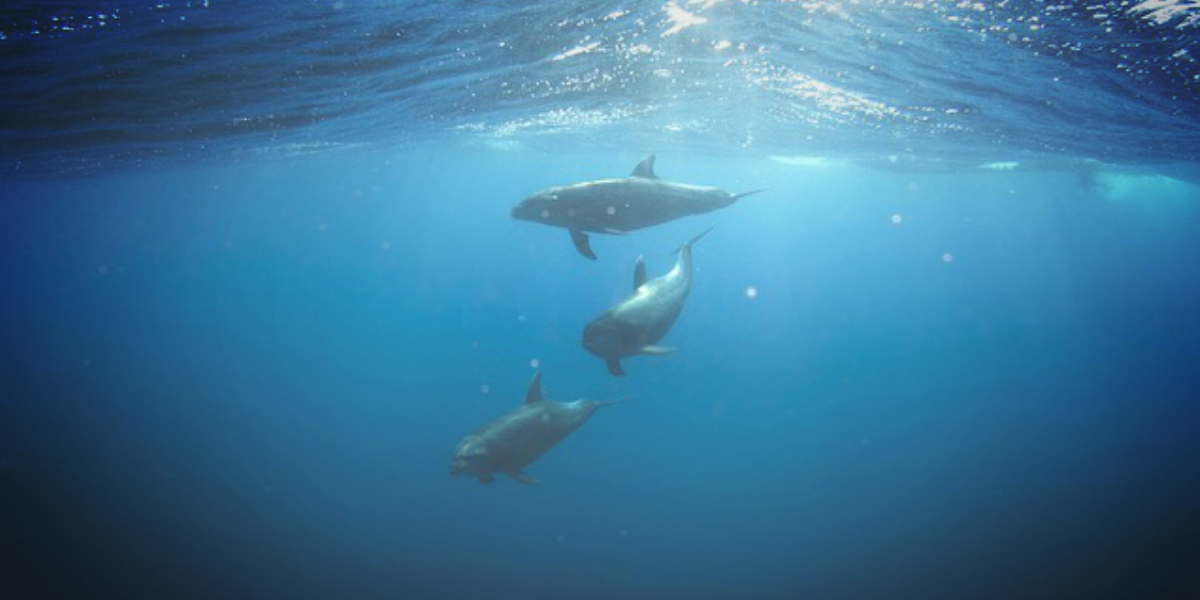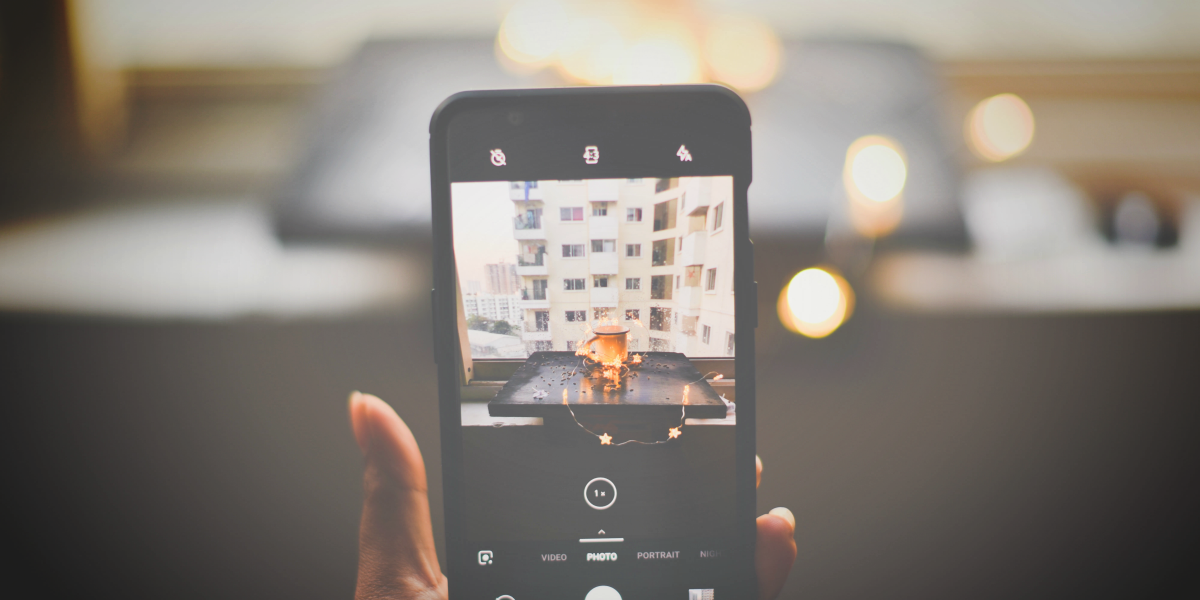Have you always wanted to swim like a fish and explore the underwater world of a lake, sea, or other watery surfaces? Underwater photographer combines the love of water and photography, by taking images when scuba diving, snorkeling, swimming, and more.
Typically, underwater photography takes advantage of using a boat or remote-controlled/operated device to get shots at the desired location. Some underwater photographers even scuba dive and swim right from the shore!
Curious if underwater photography is right for you?
Whether you want to get started in your hometown or travel to exotic locations like Hawaii, Galapagos Island, the Virgin Islands, the Maldives, Tahiti, Fiji, etc. we will teach you tools and tips from the pros! Wondering if your underwater photographs are being used online? Try a Berify search today!
How to Get Started in Underwater Photography
Be Shallow
At least, be in shallow water! When photographers shoot from (primarily) more shallow waters, the sun’s light reaches into the water, and less light is absorbed. This means that your photographs will contain more color and vibrancy, which is a good thing. If you’re interested in shooting in deep water, then you can use our next tip (a strobe light) to create great photographs still.
Lighting
While you don’t have to use a strobe light, it can have a significant impact on your photographs. The strobe light will give you the ability to showcase the range of colors for your underwater subjects. The strobe light also allows you to avoid blue and green wavelengths from being dominate in every photograph.
Another aspect is that underwater marine life is likely to move quickly and swim away. The strobe light will help freeze the motion of each swimming subject, which will give your camera higher shutter speed. You can use flash (or “forced-flash”, not “auto-flash”) on photos within 3-4 feet to take out the blue water effect. If you are very close to a subject (3 feet or less), a flash will create too much of a blue impact.
An exception to the rule: If shooting a fast-moving creature, use the flash. According to Underwater Photography Guide, if you are taking photographs more than 3 feet away, with flash off (also known as using “ambient light”), use “underwater” mode or custom correct the “white balance” manually.
Know Your Surroundings
For safety, it is imperative to take stock of your surroundings. This will give you physical security and allow you to decide what to focus on in a dynamic, changing environment. Beware of unsafe conditions, predator animals (large sharks), your oxygen levels (if scuba diving), and how far you might be straying from shore or your boat, etc.
Color Correcting Filter
To use a color correcting filter, you will attach (typically with a screw style attachment) a filter (red, etc.) to the front of your camera. This will correct the color balance (in technical terms it will reduce any backscatter or the reflection of particles, waves, and signals).
Overhead Sun
When the sun is shining directly overhead, your photos will have more light. When the sun’s light strikes at an angle, it causes the light to bounce off of the water, whereas overhead light can send its beam through the water and help your images. If you aren’t shooting when sunlight is overhead, opt to use a strobe light instead.
Be Steady
Knowing how to swim and photograph can take practice, and a steady hand is critical. Photographers call this “buoyancy” control. If you want photography assistance, consider an underwater drone or a remotely operated underwater vehicle.
Knowing all the work, it takes to produce quality images; it is heartbreaking to find a photographer’s portfolio being used and distributed online without credit or compensation. It is now standard practice for other photographers and businesses to use photographs they don’t own the rights for.
The worldwide web is vast, and photo thieves think they’ll never be caught! Most weren’t found until Berify came along! At Berify, we track stolen images and allow you to take action. Stop photo thieves today, with Berify.




